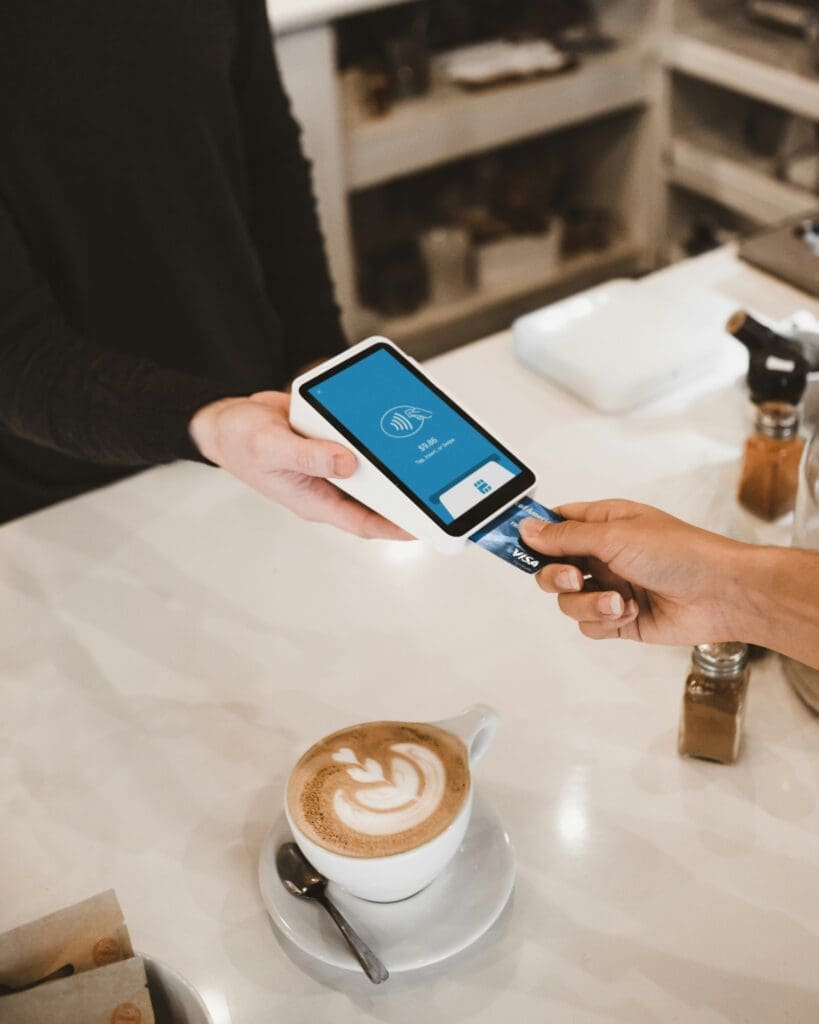Lead Generation vs. Pipeline Marketing: Understanding the Differences

In an ideal world, every lead would convert into a customer. However, unqualified leads drop off at each stage of the funnel, reducing their impact as they progress. So, how can companies enhance engagement and drive growth?
Pipeline marketing is an evolved lead generation approach that addresses the entire sales funnel, focusing on revenue. Encompassing all channels, campaigns, and activities amplifies engagement and widens the funnel. This strategy links lead sources to actual revenue, precisely measuring marketing’s success.
Simply put, it’s about quality over quantity—generating more qualified leads, not just more leads, is the key to creating more customers.
Both lead generation and pipeline marketing are vital for attracting and converting potential customers, but their focus and approach differ. Striking the right balance is essential to make sure both marketing and sales are working toward converting leads into loyal, long-term customers.
What is Lead Generation?
Lead generation is a marketing strategy focusing on capturing as many leads as possible at the top of the funnel (TOFU). This is typically achieved through content marketing, paid ads, and social media campaigns. The primary goal is to gather contact information from potential customers who may eventually convert into paying customers.
Lead generation is particularly effective for businesses looking to build an extensive database of prospects quickly. By offering valuable content or incentives, companies can entice visitors to provide their contact information, setting the stage for future engagement.
Benefits:
- High Volume of Leads: Lead generation is highly effective at attracting many potential customers, which is beneficial for building brand awareness and expanding your reach.
- Cost-Effective: Content marketing and social media campaigns can be relatively low-cost, especially compared to traditional advertising.
Drawbacks:
- Quality Over Quantity: The emphasis on capturing a high volume of leads can sometimes lead to a database filled with low-quality leads, which may never convert into paying customers.
- Short-Term Focus: Lead generation often prioritizes immediate conversions, such as form fills or sign-ups, without considering the long-term nurturing process required to convert leads into customers.
What is Pipeline Marketing?
Pipeline marketing, in contrast, is a comprehensive strategy that focuses on nurturing leads throughout the entire sales funnel, from TOFU to the bottom of the funnel (BOFU). Rather than merely capturing leads, pipeline marketing emphasizes the quality of those leads and their journey through the sales process.
Pipeline marketing is closely aligned with the sales team and involves personalized content and communication to guide leads toward a purchase decision. This strategy ensures that leads are captured and nurtured until they are ready to buy.
Benefits:
- Higher Conversion Rates: Pipeline marketing tends to result in higher conversion rates because it focuses on nurturing leads through the entire funnel, ensuring they are well-informed and ready to purchase.
- Better Sales and Marketing Alignment: By aligning marketing efforts with the sales team, pipeline marketing creates a seamless transition from lead capture to conversion, improving overall efficiency.
Drawbacks:
- Resource-Intensive: Nurturing leads through the pipeline requires ongoing effort and resources, including content creation, personalized communication, and strong collaboration between marketing and sales teams.
- Longer Sales Cycle: Pipeline marketing can take longer to yield results, as it involves guiding leads through multiple stages of the buying process before they convert.
Balancing Lead Generation and Pipeline Marketing
Finding a balance between lead generation and pipeline marketing is crucial. Here are 6 practical tips for integrating these approaches:
#1 – Prioritize Quality Over Quantity Early On
While lead generation focuses on attracting as many leads as possible, it’s essential to implement filters early to ensure that these leads are of high quality. This can be achieved by refining your targeting criteria in paid ads, creating more specific lead magnets, or using qualifying questions in lead capture forms. Prioritizing quality early reduces the burden on your pipeline marketing efforts later.
#2 – Implement Lead Scoring
Lead scoring is a critical tool for balancing lead generation and pipeline marketing. By scoring each lead based on their level of engagement and alignment with your ideal customer profile, you can prioritize high-quality leads for nurturing. This approach ensures that your pipeline marketing efforts are concentrated on the leads most likely to convert, maximizing your chances of success.
#3 – Integrate Automation Tools
Marketing automation tools can help streamline both lead generation and pipeline marketing. Use automation to send personalized emails, segment leads based on behavior, and trigger follow-up actions at different funnel stages. Automation ensures each lead receives the appropriate level of attention based on their readiness to purchase.
#4 – Align Sales and Marketing Efforts
Consistent communication and collaboration between marketing and sales departments is essential. By sharing insights and data, both teams can work together to refine the lead generation process and improve the effectiveness of pipeline marketing. Joint planning sessions and shared goals make sure both teams work towards the same objectives.
#5 – Measure and Optimize Continuously
Continuous measurement and optimization are crucial for balancing lead generation and pipeline marketing. Measure key metrics such as cost per lead, conversion rates, lead quality, and time to conversion. Use this data to identify areas where your strategy may need to catch up and adjust accordingly. For instance, refine your targeting or messaging to attract better prospects if a lead generation campaign attracts low-quality leads.
#6 – Focus on Long-Term Relationships
While lead generation is often focused on immediate conversions, it’s important to maintain sight of the long-term potential of your leads. Pipeline marketing should be used to build solid and lasting relationships with leads, even if they are still waiting to be ready to purchase. By providing ongoing value through content, personalized communication, and excellent customer service, you can turn leads into loyal customers who contribute to your business’s long-term success.
Creating a More Efficient Sales Process
Integrating lead generation and pipeline marketing effectively creates a more efficient sales process. Here’s how to do it:
Start with a Broad Reach
Use lead generation tactics to cast a wide net and attract many potential customers. Focus on creating compelling offers and content that appeal to your target audience.
Nurture with Precision
Transition to pipeline marketing to nurture leads through the funnel once they are captured. Use lead scoring to prioritize high-quality leads and deliver personalized content addressing their needs and pain points.
Align and Automate
Utilizing automation tools to manage leads efficiently will help maintain consistent communication and prevent leads from slipping through the cracks.
Measure and Adjust
Continuously tracking the performance of your lead generation and pipeline marketing efforts and making adjustments as needed is critical to measuring what is working and what isn’t and finding opportunities to optimize for better results.
Closing Thoughts
Lead generation and pipeline marketing are essential components of a successful marketing strategy, but they serve different purposes. By understanding the strengths and limitations of lead generation and pipeline marketing and finding the right balance, businesses can create a more efficient sales process that attracts leads and converts them into loyal customers.
With a focus on quality, alignment, and continuous optimization, lead generation and pipeline marketing can work together to drive sustained growth and revenue for your business.




